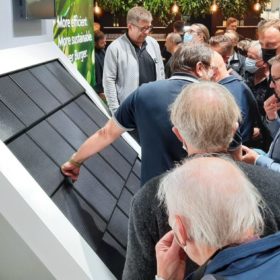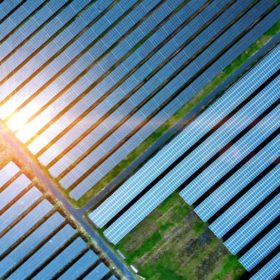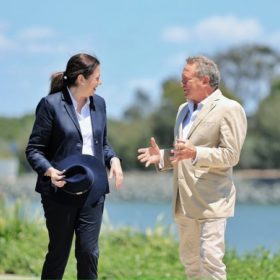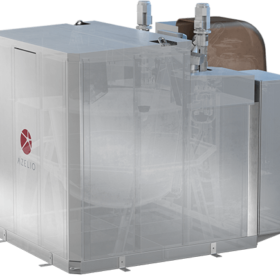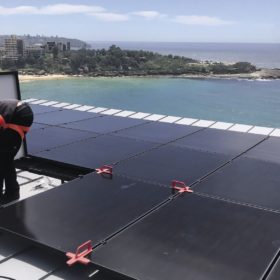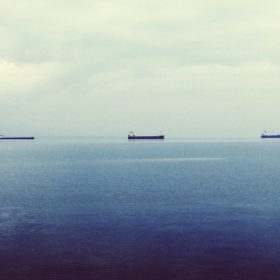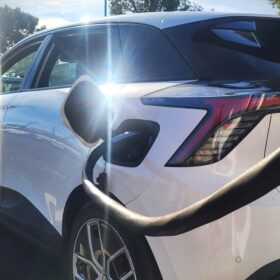Meyer Burger unveils new solar tiles
Meyer Burger plans to start selling a new building-integrated PV product from 2022. It says the solar tiles have a high energy yield, with simplified installation and the ability to also provide heating. German engineering company paXos designed the tiles.
Genex Power seizes the opportunities for renewable energy storage at the north end of the NEM
The first big battery to stand alone without government support, Bouldercombe Battery Project capitalises on Genex Power’s experience gained on the road to Kidston Clean Energy Hub.
Wirsol seeks renewable projects and acquisitions: first stop Barnawartha
Against the backdrop of a second Victorian reverse auction for renewable energy, German-owned developer Wirsol takes up a large-scale solar project in the border city of Wodonga.
Contracts are out for major SA construction works on Project EnergyConnect
Nothing if not critical, the 900 km renewable energy transporter is inching towards shovel time. This weekend ElectraNet awarded transmission and substation contracts for South Australia’s piece of the electron super highway to Australia’s National Electricity Market.
Fortescue Future Industries to build a 2 GW hydrogen electrolyser plant in Central Queensland
From iron ore magnate to renewable energy mogul, Dr Andrew ‘Twiggy’ Forrest intends producing everything he needs to turn the world away from fossil fuels to green hydrogen. The latest? A renewable energy infrastructure-manufacturing facility in Aldoga, near Gladstone.
Electro-thermal storage system for commercial applications launched
Developed by Swedish manufacturer Azelio, the system stores renewable energy in recycled aluminium and has an electrical and thermal energy output, with a total efficiency of 90 %. One unit’s storage capacity reaches 165 kWh of electrical output and on top of that thermal energy between 55-65 degrees Celsius. Its modular configuration allows the deployment of projects with a capacity of up to 100 MW.
Philippines developer offers PV sites to rivals in bid to kick-start solar parks
Makati-based Solar Philippines has said it saw the potential of solar six years and is now aiming to help other companies accelerate the nation’s energy transition.
Sunday read: Out of landfill, back in the stream
With technological progress, falling costs, and favourable subsidies all incentivising Australian households to replace serviceable modules and upgrade their rooftop array, a stockpile of useable second-hand modules is mounting. But efforts to embrace reuse rather than refuse are taking shape.
Saturday read: Chinese U-turn on stranded Australian coal could aid solar imports
China’s coal crunch looks set to see the nation turn to the Australian coal it has kept stranded via its year-long unofficial import ban. The news isn’t great for CO2 emissions, but could ease the significant impacts being felt by the Chinese solar industry.
Governments shine spotlight on 1.5 GW Marinus Link project
The proposed $3.5 billion Marinus Link interconnector between Tasmania and the Australian mainland has reached a significant milestone with “critical” environmental referrals being lodged with the federal and Victorian governments.
